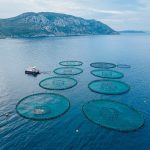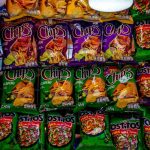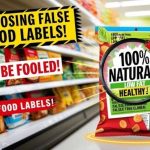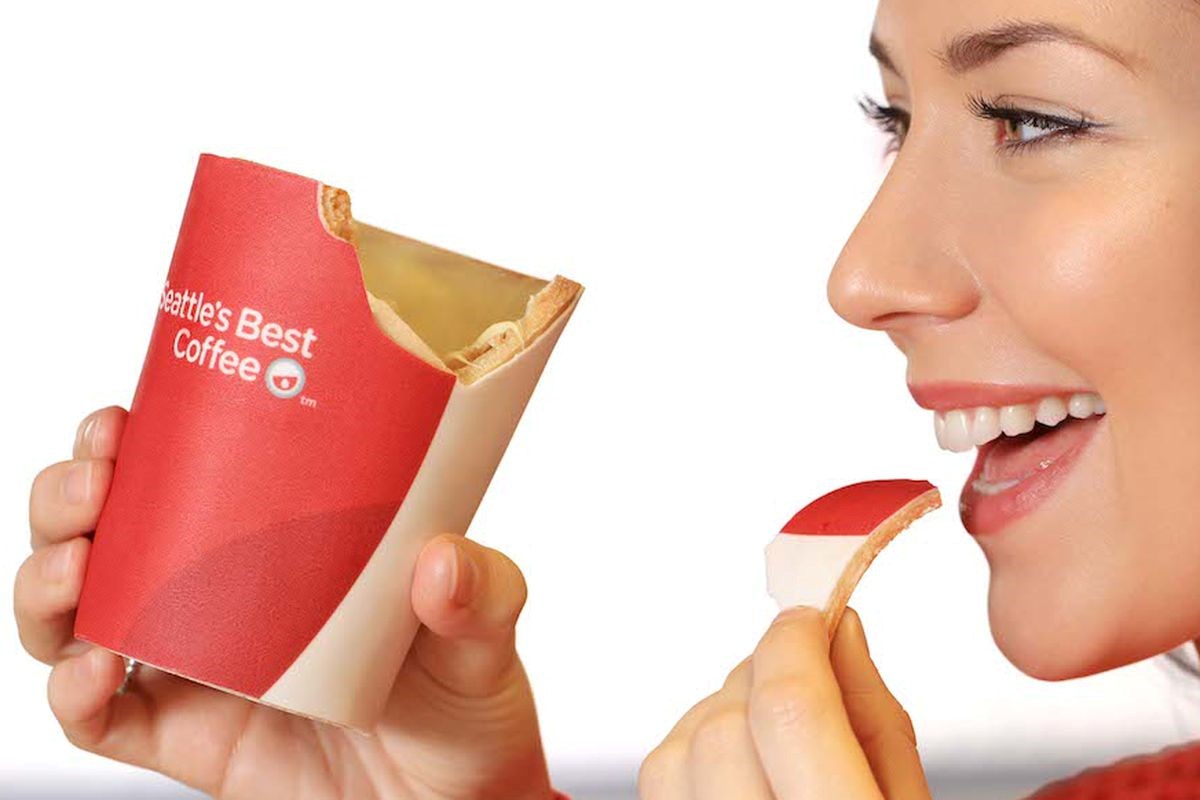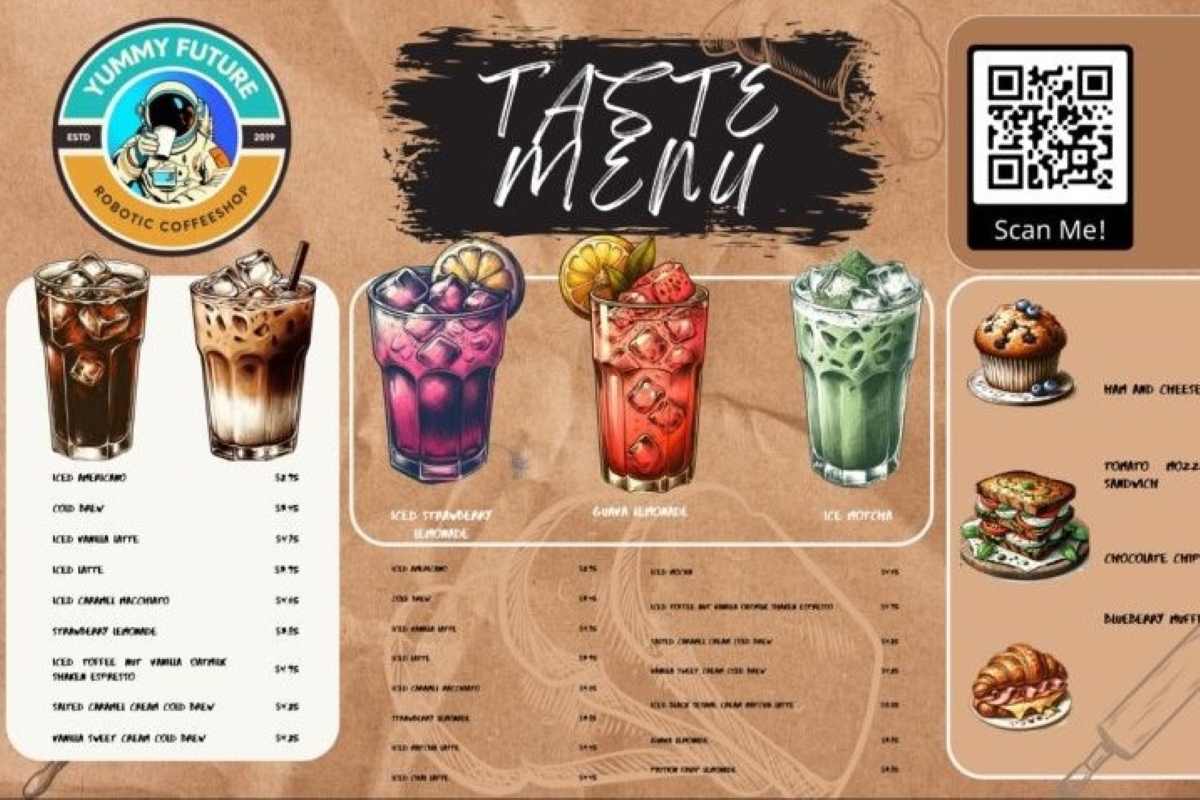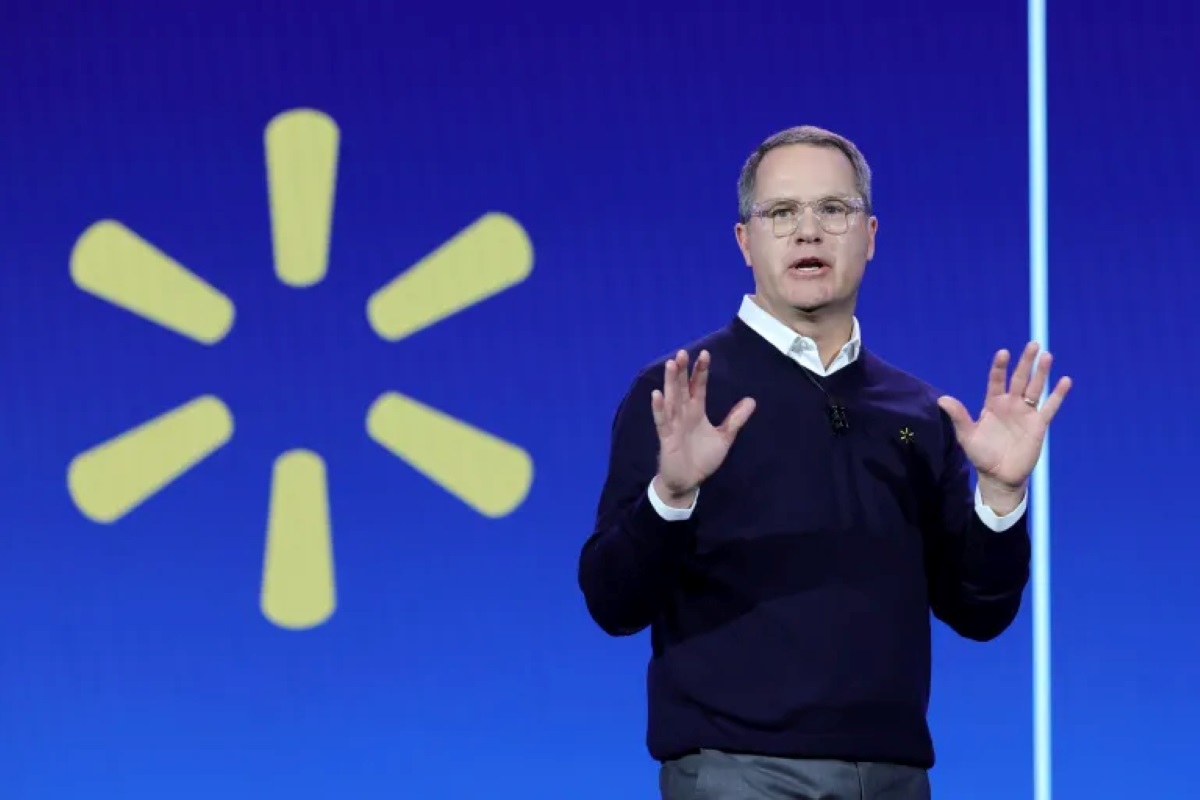The relationship between food packaging and consumer behavior is quite profound. Indeed, the interplay of these two concepts influences our food purchase decisions than we admit. We bet that at least on one occasion, you bought a snack or food item based on its alluring package. The packaging of a product, not just food, can make it exude premium or healthy vibes.
Food product branding and visual marketing play a powerful psychological role in the food industry. Packaging psychology influences how we feel, what we choose, and how much we are willing to pay for a food product. However, it is possible to make better purchase choices during your next trip to the grocery store by identifying some packaging trends in food packaging.
Most of the food marketing tricks are not illegal. Nonetheless, understanding how they influence your perception and shopping habits will bring some benefits. So, this article will unpack the design tricks, marketing techniques and psychological cues behind food packaging.
First Impressions Matter: Visual Triggers in Packaging
Whenever you see a packaged food item on a store shelf, the brand behind the product is often the first thought that comes to mind. If it’s a brand that maintains consistent packaging color psychology, typography and imagery, it may be easier to spot the product from afar. The similarity of visual triggers inspired the recent Aldi Mondelēz copycat lawsuit.
Now, there’s more to the imagery or color of packaged food items than food product branding. For example, multiple studies have found that color and design in food packaging significantly influence purchase choices. Only pricing surpasses these two factors when people have brand choices to pick from.
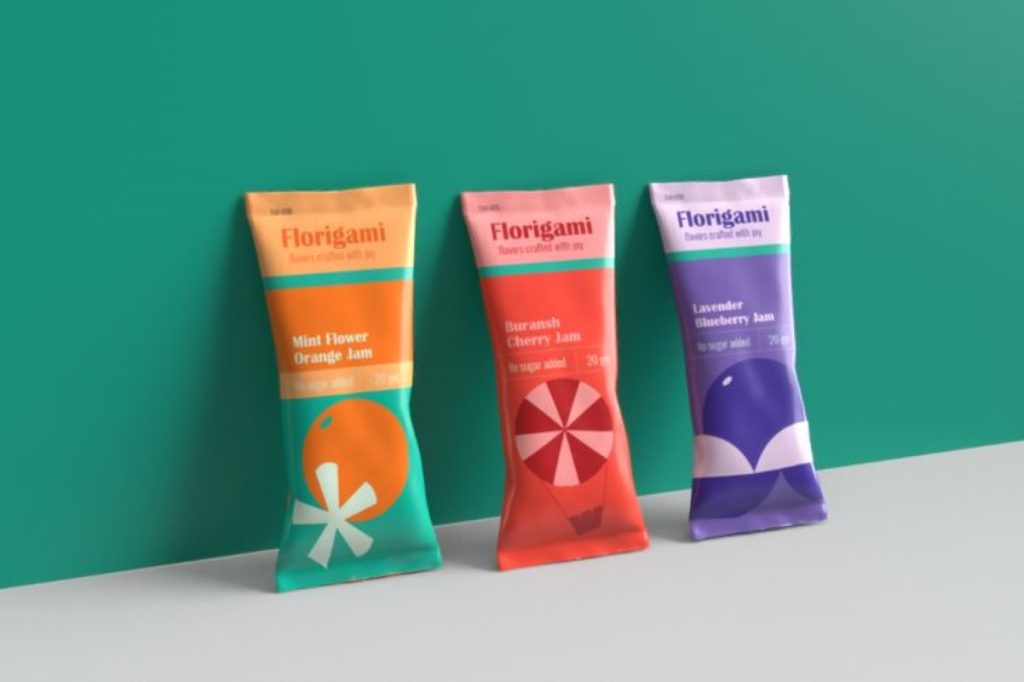
According to Maja Maksimovic, an Australian food design expert, package color subtly triggers specific psychological responses in buyers. For example, she suggests that a red package stimulates appetite, while green evokes health or freshness.
Another factor that triggers an interdependency between food packaging and consumer behavior is the use of white space. Grocery shoppers are likely to relate a minimalist package or label design to sophistication or premium quality. In contrast, package designs with clustered designs, or little whitespace, often come off as low-quality.
ALSO READ: Are Organic Foods Really Healthier? The Truth Behind the Hype
How Labels Shape Perception
Of course, labels are inextricable from how packaging affects buying. Many food consumers may be ignorant of the term ‘greenwashing.’ However, a recent study defined and explained its overarching effect in altering consumer health perception. Greenwashing involves the use of words like ‘organic,’ ‘artisan,’ or ‘natural’ on food labels.
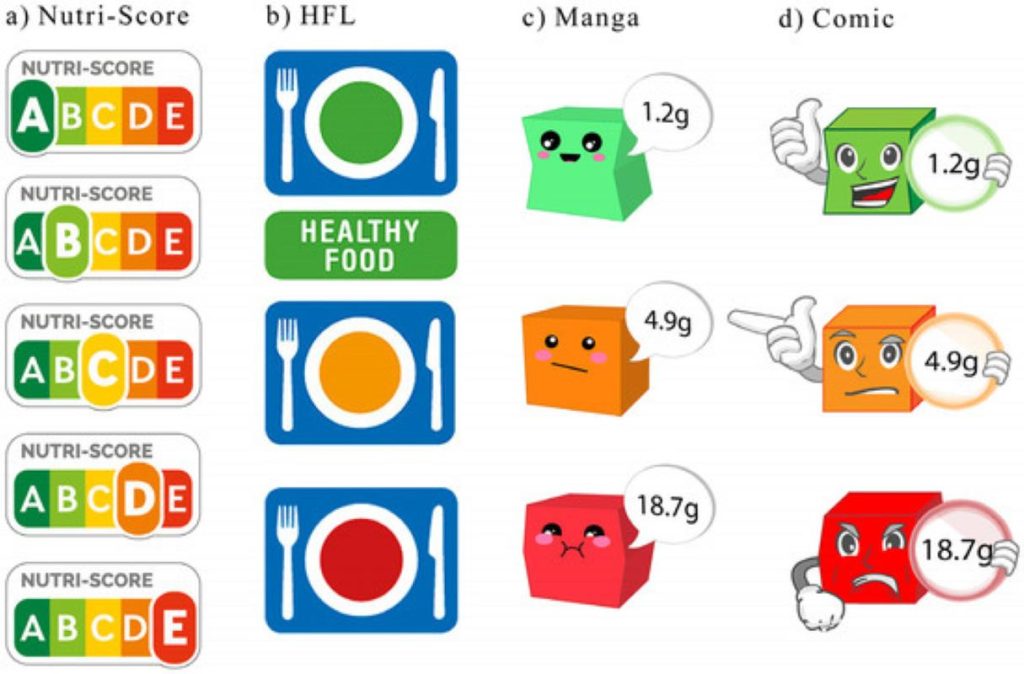
Another instance in which food manufacturers exploit label influence on perception is nutrition framing. Framing of nutrition information refers to the different formats and tones of presentation. For perspective, nutrition information can be framed negatively or positively. Positive framing of nutritional information emphasises the merits of eating healthy or making healthy food choices. In contrast, negative framing magnifies the consequences of unhealthy diet choices.
Most times, food manufacturers tread the very fringes of regulatory excess by creating health halo effects on packages. Some products print suggestive health benefits on the package that subtly misinform or mislead consumers. We are sure that if permitted, some food packages would parade their product as the very elixir of life.
Textures, Shapes, and Materials
While handling a product on the grocery aisle, you find that your finger left prints on the glossy package. Now, you’re having second thoughts about the quality of the item, forgetting that the shiny finish attracted you in the first place. Matte vs. glossy finishes equally influence the food packaging and consumer behavior interplay. Glossy packages are usually eye-catching, durable, and easy to clean. Matte is often simultaneously sophisticated and understated, making more luxury brands opt for this finish.
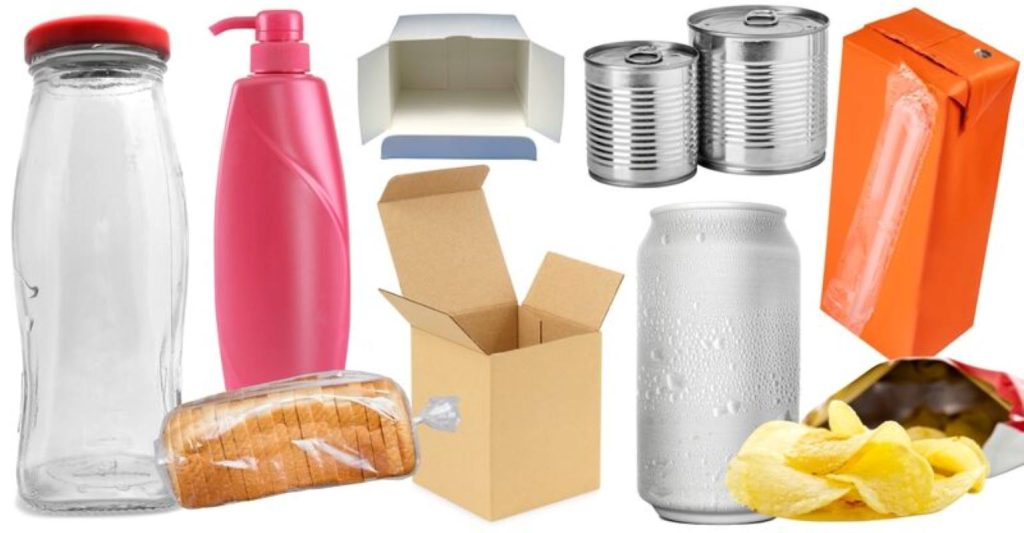
Beyond the texture of the packaging material, the form factor and transparency contribute to the food packaging and consumer behavior interaction. Seldom will you find bread loaves on display with non-transparent primary packaging. That’s because, depending on product type, manufacturers may want the content of the package visible to potential buyers.
Similarly, boxed products may enjoy more sales than bagged ones. Bagged packaging is undeniably cheaper; however, boxed offers structural integrity. That’s why we buy milk packaged in gallons and ignore those sealed up in flexible capped bags. A random sampling of packaging trends in food marketing will reveal consumer packaging behavior.
Cultural and Emotional Connections
Sometimes, food packaging and consumer behavior meet at the intersection of culture and emotions. There are food packages that exploit the patriotic leanings of buyers by using imagery that evokes cultural prestige. And, no, the product does not have to be a local brand. It is commonplace for multinationals to have varying packaging for a similar product in different climes.
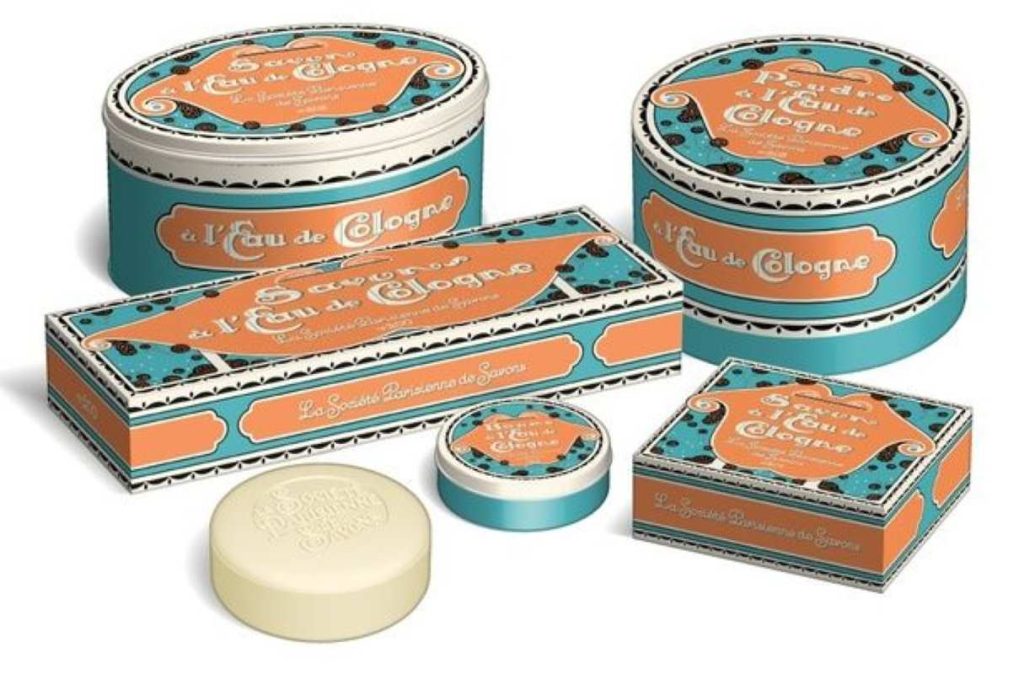
Food manufacturers also sometimes have subtle Black-Friday runs using packaging. When a food label on a short-run package declares that the company is running a festive season promo, there’s likely to be a frenzy of purchases.
Remember Coca-Cola’s raffle promos, where the glass bottle cork encourages you to check the inner surface for a raffle number? Such food companies experience sales spikes during such limited edition seasons.
ALSO READ: Why Food Delivery Apps Are Reshaping the Restaurant Industry
Sustainability and Ethics in Packaging Choices
Don’t be surprised if you find visual cues in grocery stores pointing you to a section with eco-friendly products. The food product itself may bear a green label, thanks to being produced through regenerative farming. Alternatively, the package itself may be made from biodegradable and sustainable materials.

Beyond the antics of greenwashing, some food bears insignia sanctioned by regulatory bodies. Some of these signs suggest the package material is reusable or recyclable. The interesting part is that such package features drive label influence on purchases. A common dilemma that some food manufacturers encounter is the struggle to strike a balance between visual appeal and sustainability.
Again, the interactions between food packaging and consumer behavior are often underrated. The material that holds the food, discarded eventually, influences purchase as much as the product itself. This piece is a wake-up call for food consumers on how packaging influences buying behavior. Inability to identify packaging color psychology, label influence on perception, or visual cues in grocery stores could have you paying more for less.
Next time you’re tempted by a ‘clean label’ snack, take a closer look—you might be buying the package, not the product.

